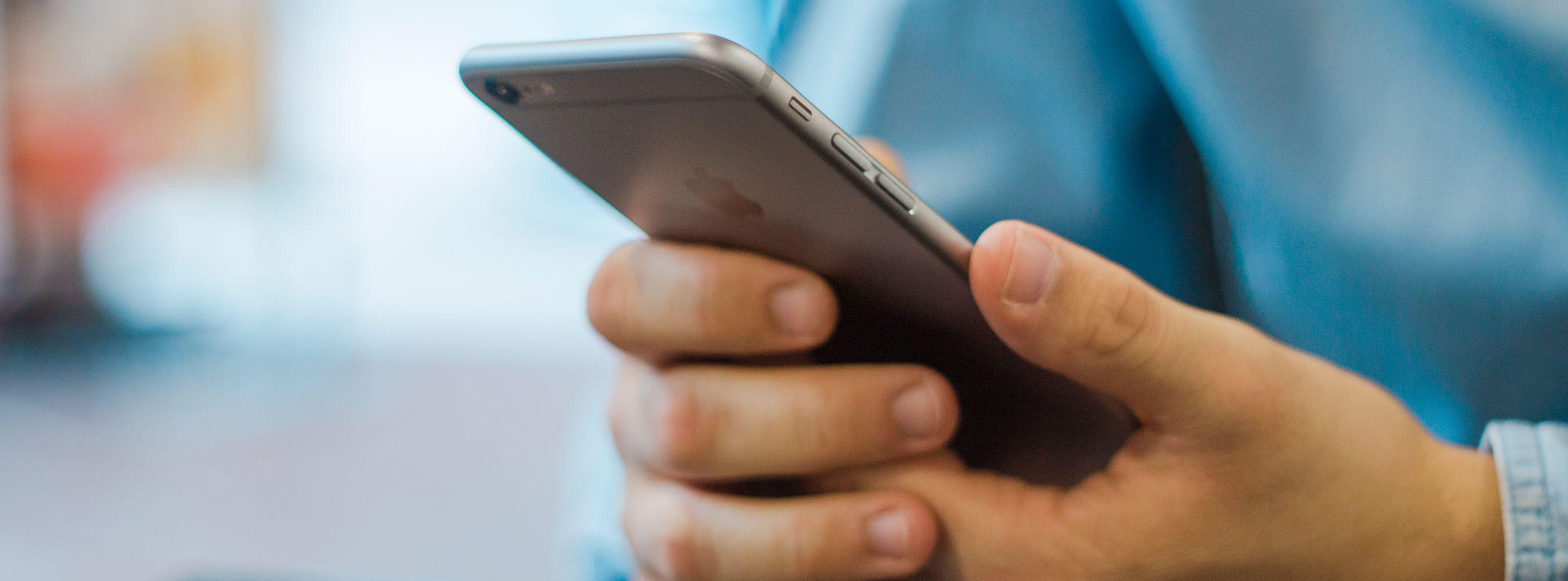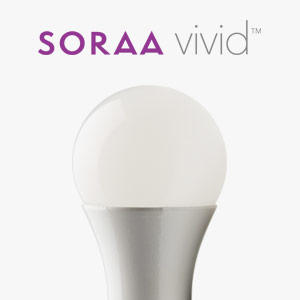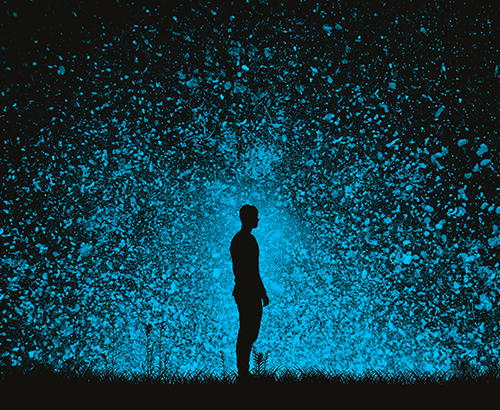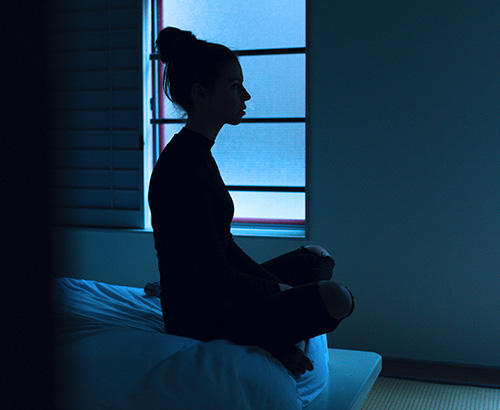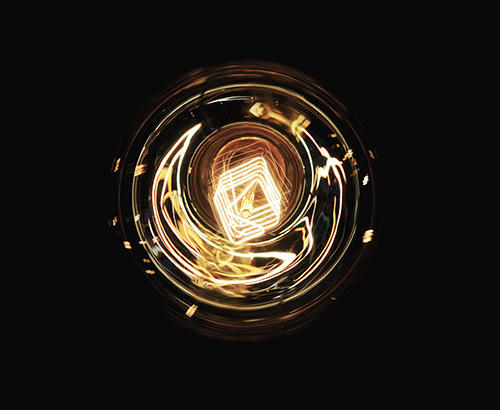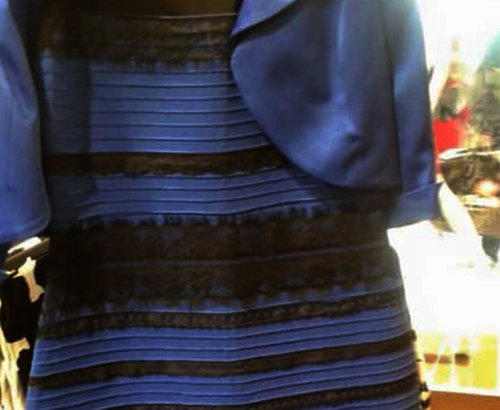I like this
There’s been a lot of discussion in technology and health news about how blue light, the light from your mobile phones and TVs and LED lighting, wreaks havoc with our circadian rhythm and makes it difficult to fall asleep at night. And while it makes good sense to manage how much tech you use in the evening, another thing you should know about is how to use blue free light as part of your evening routine.
But what is blue free light? And why is it so much better for you than lights that either try to filter out blue or just shift to warm colors? To find out, we picked the brain of one of the smartest people we know - a SORAA scientist.

Blue light is a range of the visible light spectrum that has a shorter wavelength. While its present in natural light, it’s overly represented in any device that uses common LEDs for illumination, such as the LED lights in your home, your TV screen, your mobile phone, your laptop, and any other device that uses LEDs to illuminate a screen. This over representation is where the issues that stem from too much blue light begin to become much more apparent.
It’s been known for decades that blue light wakes us up. We have specific sensors in our eyes that are blue light detectors, and these detectors are directly connected to a clock in our brains which is responsible for making us fall asleep and wake up. We get a bunch of blue light from sunlight in the morning, and that makes us alert and awake, so these sensors are here to tell us “Hey, it’s morning.”
Now, the problem is artificial light at night, because you’re getting blue light in the evening. Especially when you have LED lighting, all of these LEDs are stimulating the blue light sensors in your eyes when they shouldn’t, and that indicates to your body that it’s still daytime, when in fact it is night. Science has shown that exposure to blue light in the evenings delays the onset of our sleepiness, which ultimately messes up our circadian rhythm.

At SORAA, we have this proprietary technology called GaN-on-GaN which lets us make very efficient LEDs, in particular, very efficient violet LEDs. Violet is important because it allows us to replace blue light with these highly efficient violet LEDs, and still create beautiful, crisp white light.
Most people would think that creating white light without the blue light spectrum would affect colors quite a bit, but if you do a good job, that’s not really the case. The only impact we take from removing blue out of the lighting equation is that some objects, especially blue and violet objects, will see a slight change in color. Other colors are perfectly well-respected. Warm colors, meaning red, orange, pink, and skin tones, can be rendered perfectly faithfully. That’s a really big deal because when you actually do experiments and see what kinds of colors people care about, you find what we really care about is all these warm colors and skin tones. All these colors are still being rendered properly by a blue free light.

In short, no. When people talk about blue light filters or Night Shift mode on their iPhone, what they’re describing is an effort to remove the blue light spectrum that’s shown in an LED screen. The problem with that is that these apps and devices don’t replace that blue light with anything. Night Shift mode simply shuts down some of the blue light. So, instead of being a cool, nice, white screen, the screen becomes kind of yellow. That’s happening because you’re breaking the balance of blue, green, and red in your screen. It also doesn’t fully remove all of the blue light in your screen, which means that there aren’t really any sleep benefits of using blue light filters or Night Shift mode, since your body is still being subjected to blue light (even though you may not realize it).
In contract, blue free light, like SORAA’s ZeroBlue™ technology, completely removes the blue light spectrum, replacing it instead with innovative violet light. The major difference is that there’s no difference in light quality (you still get great white light), but without the negative effects of blue light in the evenings. This means better sleep and a healthier circadian rhythm.
